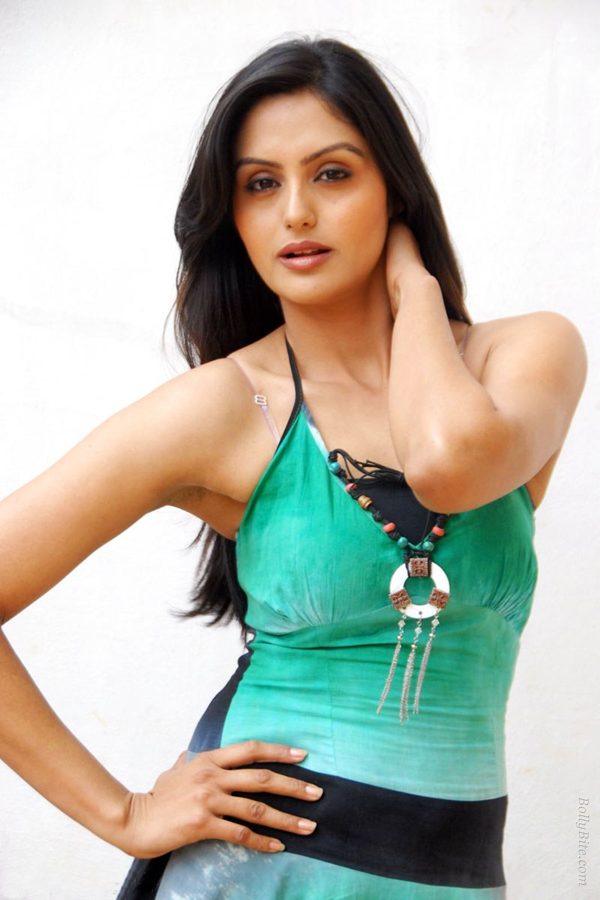My Dasi is more than just a piece of clothing; it represents a rich cultural heritage and a deep connection to tradition. In various cultures, particularly in South Asia, the Dasi plays a significant role in celebrations, rituals, and day-to-day life. Understanding its origins, significance, and variations can enhance our appreciation of this important garment. In this article, we will explore the history, types, and cultural importance of My Dasi, along with tips on how to wear it properly and incorporate it into modern fashion.
As we delve into the world of My Dasi, we will uncover fascinating details about its evolution over the years. From its traditional roots to contemporary interpretations, this guide aims to provide an in-depth understanding of this elegant attire. Whether you are new to the concept or looking to expand your knowledge, this article will serve as a comprehensive resource.
Join us on this journey as we explore the different aspects of My Dasi, including its styles, materials, and the role it plays in various cultural contexts. By the end of this article, you will have a thorough understanding of My Dasi and how to embrace it in your wardrobe.
Table of Contents
- What is My Dasi?
- History of My Dasi
- Types of My Dasi
- How to Wear My Dasi
- Cultural Significance of My Dasi
- My Dasi in Modern Fashion
- Care and Maintenance of My Dasi
- Conclusion
What is My Dasi?
My Dasi is a traditional garment that is commonly worn in South Asian cultures, particularly in countries like India, Pakistan, and Nepal. It is often made from vibrant fabrics, adorned with intricate designs, and is characterized by its elegant draping style. The Dasi is typically worn by women during special occasions, religious ceremonies, and festivals.
Characteristics of My Dasi
- Made from various materials such as silk, cotton, and chiffon.
- Available in a range of colors and patterns.
- Often embellished with embroidery, sequins, or beads.
- Can be styled in multiple ways, depending on the occasion.
History of My Dasi
The history of My Dasi dates back centuries, with its roots embedded in the cultural practices of South Asia. Initially, it was worn as a symbol of modesty and grace. Over the years, it has evolved, reflecting changes in fashion, society, and culture.
Evolution Over the Years
In ancient times, the Dasi was a simple garment, but as cultures merged and fashions changed, it became more elaborate. The introduction of new fabrics and techniques allowed for greater creativity in its design. Today, My Dasi is a blend of traditional and modern styles, making it a versatile piece for various occasions.
Types of My Dasi
My Dasi comes in several styles, each with its unique characteristics and cultural significance. Understanding these types can help individuals choose the right Dasi for different events and personal preferences.
Common Types of My Dasi
- Sari: A long piece of fabric that is draped elegantly around the body.
- Lehenga: A combination of a long skirt and a blouse, often worn with a dupatta.
- Kurta: A long tunic paired with trousers or leggings, suitable for casual wear.
- Anarkali: A flared dress that is fitted at the top and flares out at the bottom.
How to Wear My Dasi
Wearing My Dasi requires some skill and practice. The way you drape or style it can significantly affect your overall look. Here are some tips on how to wear My Dasi effectively:
Step-by-Step Guide
- Start with the right undergarments to ensure a smooth silhouette.
- Choose the right fabric according to the occasion and climate.
- Follow the traditional draping method or experiment with modern styles.
- Accessorize with jewelry, footwear, and a matching handbag.
Cultural Significance of My Dasi
My Dasi holds deep cultural significance in South Asian societies. It is not just a piece of clothing but a representation of heritage, identity, and tradition.
Symbol of Identity
Wearing My Dasi connects individuals to their roots and showcases their cultural pride. It is often worn during important life events such as weddings, festivals, and religious ceremonies, serving as a reminder of cultural values and traditions.
My Dasi in Modern Fashion
As the fashion landscape evolves, so does the representation of My Dasi. Designers and fashion enthusiasts are now incorporating traditional elements into contemporary styles, making it a popular choice for various occasions.
Blending Tradition with Modernity
Fashion designers are creatively merging traditional My Dasi styles with modern silhouettes, fabrics, and prints. This fusion has made the Dasi more accessible and appealing to younger generations, allowing them to embrace their cultural heritage while staying fashionable.
Care and Maintenance of My Dasi
Proper care and maintenance of My Dasi are essential to preserve its beauty and longevity. Here are some tips on how to care for your Dasi:
Care Tips
- Always follow the washing instructions on the label.
- Store in a cool, dry place to prevent damage.
- Avoid exposing it to direct sunlight for prolonged periods.
- Use a mild detergent and avoid harsh chemicals.
Conclusion
My Dasi is a beautiful representation of cultural heritage that transcends time and fashion trends. Understanding its significance, types, and how to wear it can enrich your appreciation for this elegant garment. By embracing My Dasi, you not only honor tradition but also express your unique style.
If you found this article helpful, please leave a comment below, share it with your friends, and explore more articles on our site about fashion and culture!




